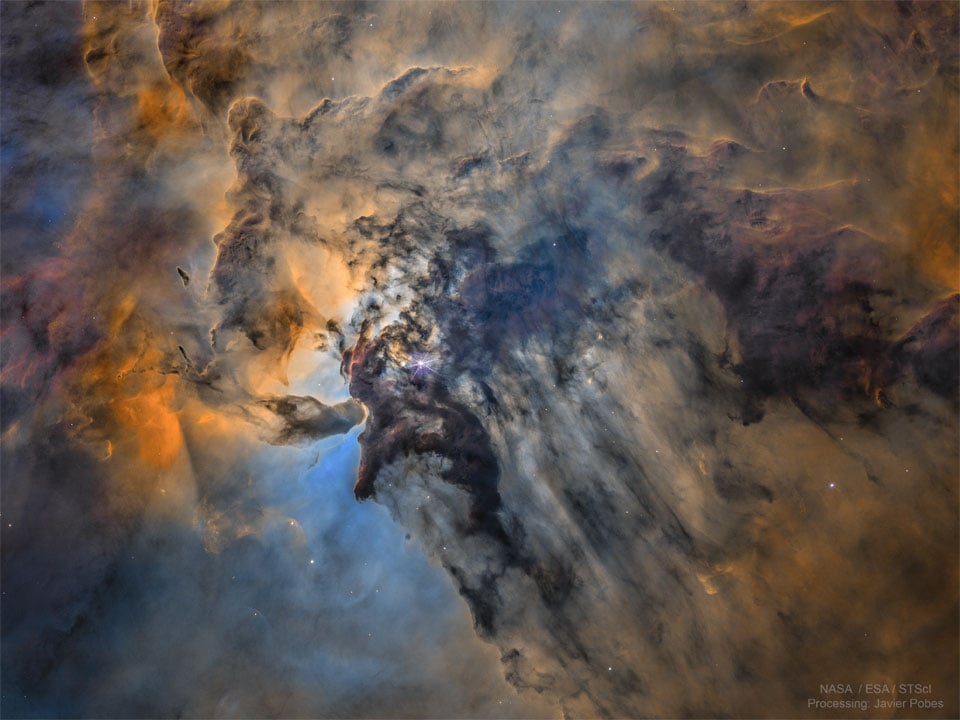57
At 1.3 Billion Light-Years Wide, Quipu Is Officially The Biggest Thing in The Universe
(www.sciencealert.com)
Share & discuss informative content on: Astrophysics, Cosmology, Space Exploration, Planetary Science and Astrobiology.
 The Busy Center of the Lagoon Nebula
The Busy Center of the Lagoon Nebula
🔭 Science
🚀 Engineering
🌌 Art and Photography
Other Cool Links
All right, but your mom is a close second.
Apparently Quipu is a superstructure containing 200 quadrillion solar masses. From the article: "Superstructures are extremely large structures that contain groups of galaxy clusters and superclusters. They're so massive they challenge our understanding of how our Universe evolved. Some of them are so massive they break our models of cosmological evolution.
Quipu is the largest structure we've ever found in the Universe. It and the other four superstructures the researchers found contain 45 percent of the galaxy clusters, 30 percent of the galaxies, 25 percent of the matter, and occupy a volume fraction of 13 percent."
Yeah, that second paragraph you posted was the best bit of the sock article for me, it's truly impressive how much reach and understanding one species has, to quantify such things, as wild as the estimates might be, is a huge (and ongoing) achievement.